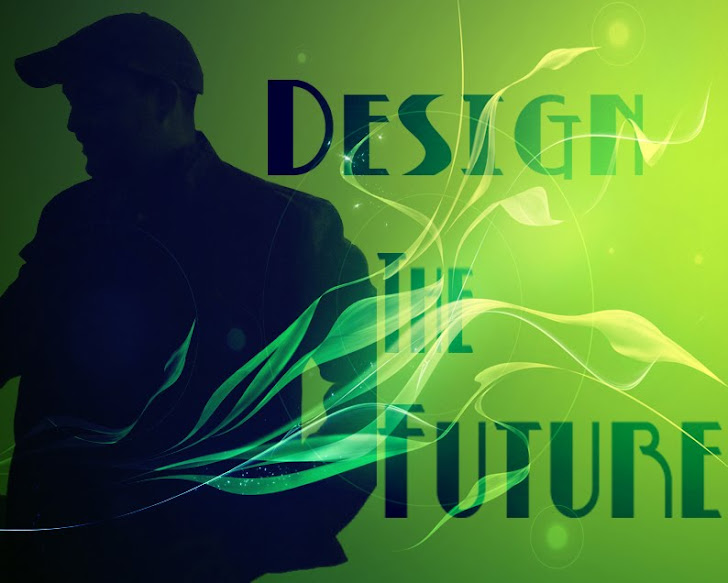Albert Einstein once said, “if you can’t explain it simply, you don’t understand it well enough.” The concept step in the process of design is what separates designers and artists from other people-the talent and honed skill of turning ideas and feelings into appropriate and artistic creations.
Concept is the stage in which, after understanding an idea in an abstract sense, as discussed in the “Pre-Concepts” section, the designer produces research and sketches that solidly provide a clearer picture of the project.
Referring back to the previous post, we saw this image, as a representation of the abstract “feeling” of the play, of darkness and intimidation.
In the concept phase, we see images such as these, which have taken the tone and grounded it with elements that will actual be used in the final product, and give a much clearer sense of where the design is going.
Also, it is important for the language of the discussion to continue to evolve. As we continue to use this project, Westfield High School’s Richard III, as an example, the “Pre-Concept” stage started with the word “intimidating.” In the “Concept” phase, the idea was expanded to include words such as “warehouse,” and “life-blood and vein colors-dark reds and blues,” and “broken, falling-apart.” Now we have more concrete images that both parties agree on. This will make it easier to move into the actual creation of the design, and make the process move smoother since everyone will be working from the same pool of ideas.
It is important to remember that the “Concept” phase is still preliminary. The more focus and clarity that can be gained from the “Pre-Concept” and “Concept” phase, the better the designer and client/director/producer will be able to move forward.
The “Concept” can simply be explained as the step in which the designer and client both unify and agree on the same vision for the project.
The following steps in the design process, as one begins to actually construct the design itself, are made easier the more focus is given to the early thought process of a project’s identity. The early drafts of a design should not be surprising as long as the proper amount of energy was put into these initial steps.
It is this talent which is not inherent in everyone which calls people to become designers-this ability to translate feeling and idea into physical representations, and it should never be taken for granted or neglected, but sharpened like any other skill a designer utilizes during their career.
As always, I do not believe these ideas are limited to the design world. Be it personal relationships, arguments, or any scenario involving multiple individuals, early and clear establishment and agreement of subject and language will help one to arrive at a better outcome sooner, and with a higher chance of pleasing all parties involved.
No one wins if two people have one fight due to each person having different interpretations or understandings of what they are fighting for. Take a moment in your life to consider how things began, and be more conscious of your choice of words and feelings.





No comments:
Post a Comment